HONEY BEE CLUSYERS—HOW DO THEY SURVIVE STRESSFUL CONDITIONS?
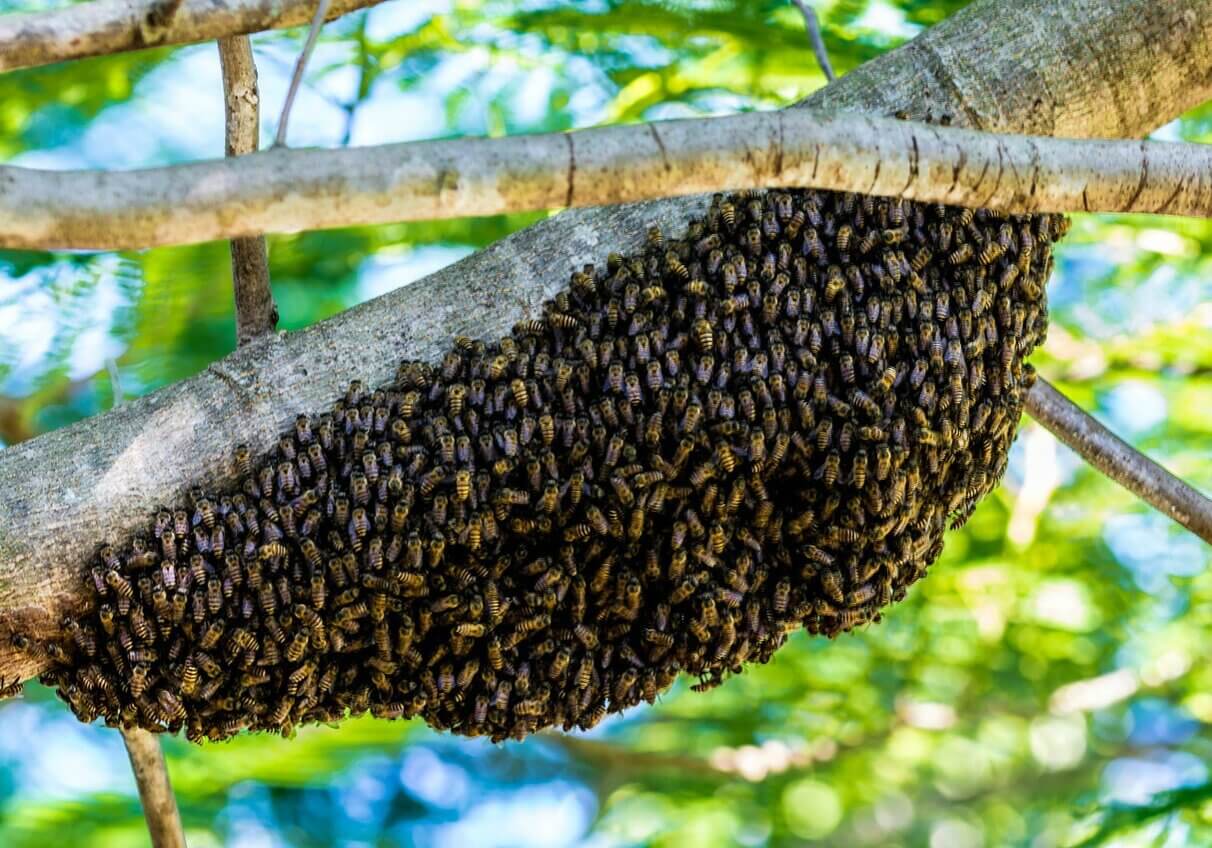
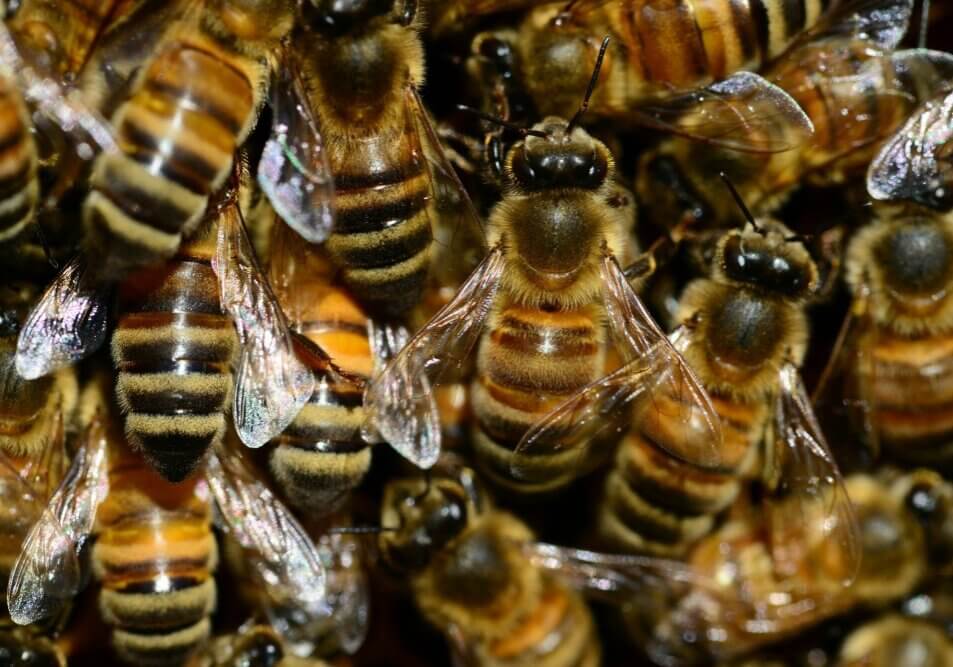
For various reasons bees often leave their current nest and go out to find a new place to live, led by a queen. Before they locate a new nest, they protect themselves by forming a cluster hanging from a tree branch. The groups are built entirely of bees, cling to one another.
When a portion of bees leave their hive with a new queen to form a new colony the process is called swarming. On the other hand, honey bees can completely abandon their settlement, a process known as absconding. In almost all cases the bees leave the hive together with a queen.
Researchers at Harvard University found that the shape of the cluster changes based on forces exerted on it, such as when the wind blows, and tree branches move. They found that bees under tension moved to a position of higher strain, changing the cluster from the usual cone to a flat shape.
The researchers were able to study the behavior of bee clusters by trapping the queen in a small cage located in a container in the lab and allowing the bees to form a bunch. The surface on which the cluster formed was movable to imitate the movement of tree branches caused by wind.
The researchers moved the surface from which the cluster hanged to and fro to create the effect of wind and observed the movement of bees near the surface of the group. The scientists found that the bees moved towards the areas of higher strain, flattening the bunch. A flattened shape is more likely to cling to a tree branch when wing blows than a conical one.
The researchers tested their finds by making a computer simulation of the bee cluster. The found that when the virtual bees moved to areas of higher stress, they moved the shape to become more flattened. The researchers made available their findings in the journal Nature Physics.
The forming of tree-hanging clusters that can survive mechanical forces exerted on them is another example displaying intelligent behavior by bees. The researchers experimented with Honeybee Apis mellifera.
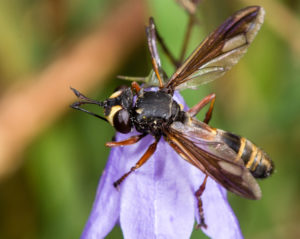
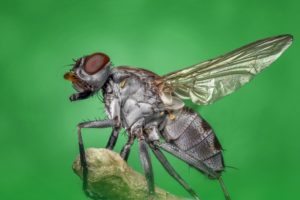

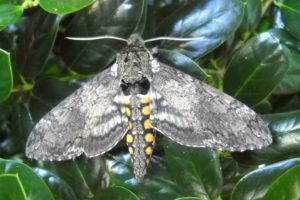

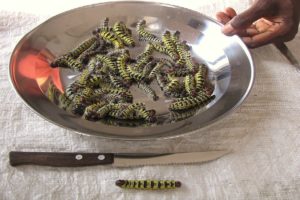
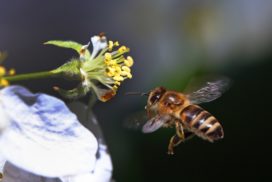
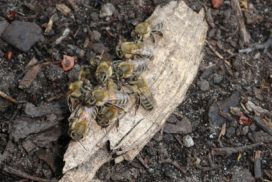
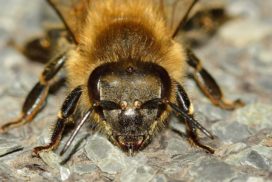
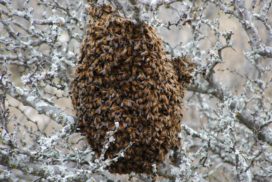
WONDERFUL Post.thanks for share..extra wait .. …
I got what you intend, thanks for posting.Woh I am glad to find this website through google. “You must pray that the way be long, full of adventures and experiences.” by Constantine Peter Cavafy.